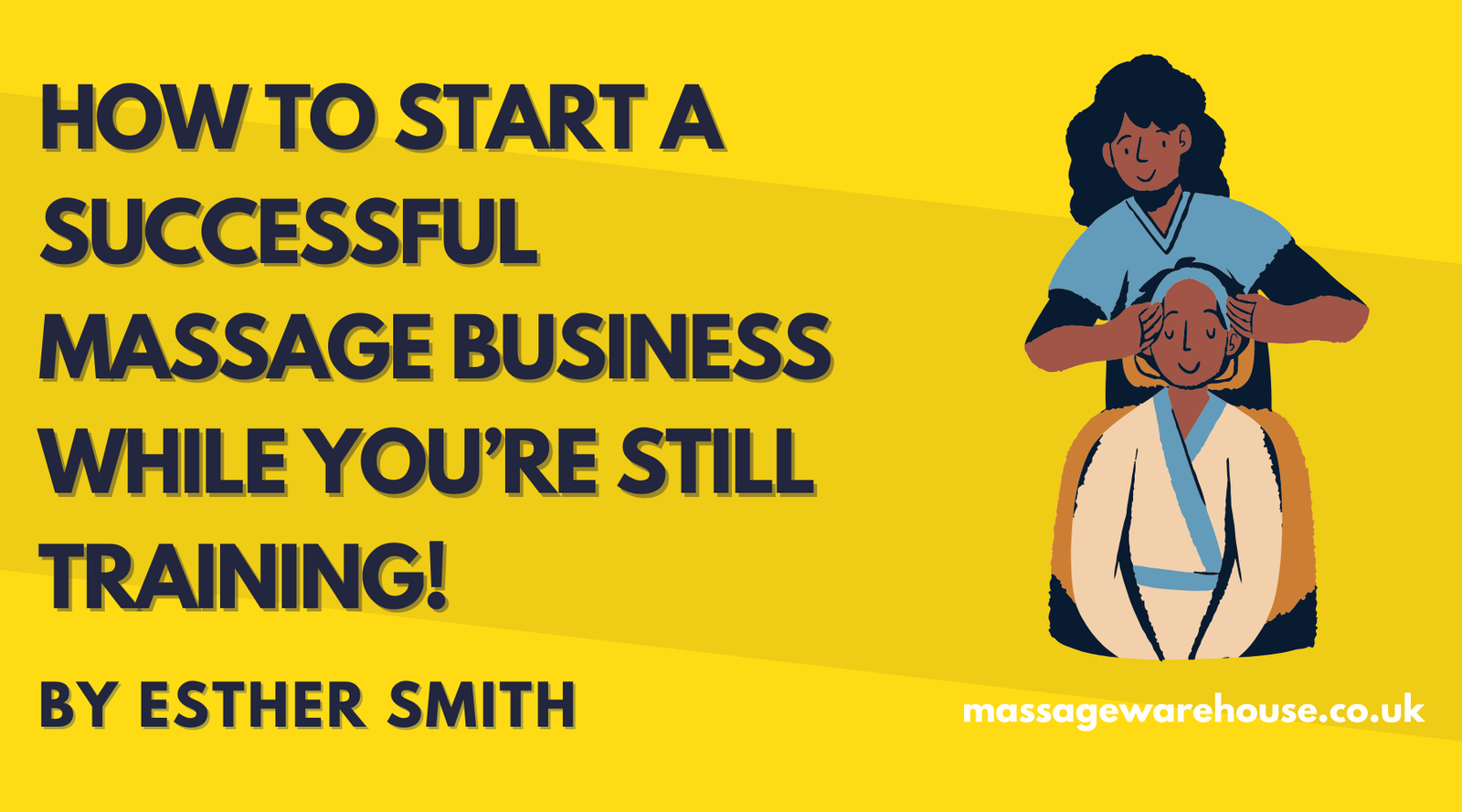Your Cart is Empty
The quality has been downgraded. The material covering isnt as thick or robust and the bag doesnt have the rucksack type straps on anymore, which was a handy added feature. Have they cut corners with their suppliers?
I wondered actually about having my old one recovered- the sponge inside is perfectly ok, but the pvc covering has peeled and frayed and disintegrated. (ive had it a while) just would be great to have it re-used and recovered, rather than go into land fill. Affinity- have you considered this option?
I am very pleased with my purchase, great quality
I bought this for hot stones reflexology. It’s a very good sized portable case and heats the stones in around an hour. A good selection of stone sizes supplied.
Amazing table, I need it for reflexology and massage so the lifting of the head rest, the arms and the extended head support are all amazing features.
My only thing is that I am very tall and with the legs at it most extended the bed does not collapse together so if I wanted it at its fullest height I would have to change the legs every time! That is my only negative, but apart from that it is a beautiful bed, it’s nice and wide for the clients and very comfy. So thank you very much 🥰
Very happy with the softness and quality of the covers, well-sown, I haven't tried the natural colour before but I really like it!





